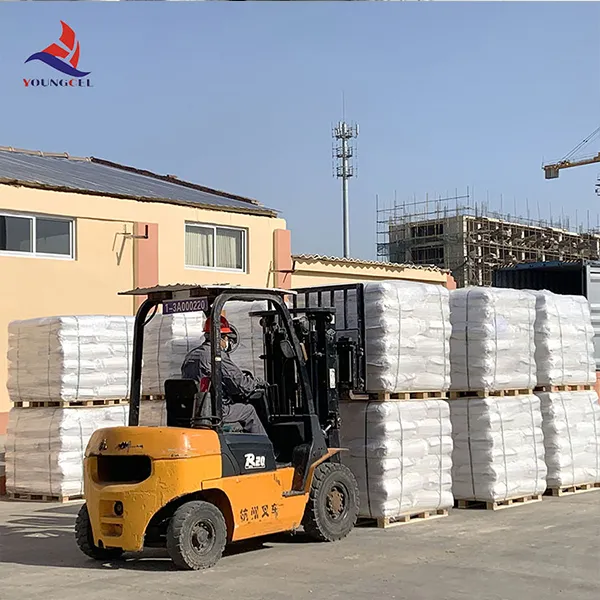The Role of Hydroxypropyl Methylcellulose in Powder Detergents
Powder detergents have long been a staple in the cleaning industry, providing an effective means of removing dirt and stains from a variety of surfaces, including fabrics. Among the many components that contribute to the efficacy of these detergents, Hydroxypropyl Methylcellulose (HPMC) has emerged as a significant ingredient due to its unique properties and benefits.
What is Hydroxypropyl Methylcellulose?
Hydroxypropyl Methylcellulose is a semi-synthetic polymer derived from cellulose. It is commonly used in a range of industrial and consumer products. In the context of powder detergents, HPMC serves multiple functions, enhancing both the performance and the stability of the formulation. It is a white to off-white powder that is soluble in cold water, making it particularly advantageous for detergent applications.
Enhancing Cleaning Efficiency
One of the primary roles of HPMC in powder detergents is to improve their cleaning efficiency. The polymer acts as a thickening agent, which alters the viscosity of the detergent solution when it comes into contact with water. This increase in viscosity helps the detergent adhere to stains and surfaces, allowing for better penetration and interaction with soil molecules. Consequently, HPMC helps facilitate the breakdown of tougher stains, resulting in cleaner fabrics and surfaces.
Stabilizing Formulations
powder detergent hpmc

Powder detergents often consist of a mixture of various ingredients, including surfactants, builders, enzymes, and other additives. Maintaining the stability and homogeneity of these ingredients is crucial for ensuring consistent performance. HPMC contributes to this stability by acting as a binder that helps prevent clumping and caking of powder particles. By keeping the formulation uniform, HPMC ensures that each dose of detergent delivered is effective, enhancing consumer satisfaction.
Improving Dispersion
Another significant advantage of incorporating HPMC into powder detergents is its ability to improve the dispersion of particles in water. When a detergent is added to water, it is essential that the ingredients dissolve or disperse uniformly to maximize their cleaning capabilities. HPMC's water-soluble nature allows it to create a more uniform dispersion of the various active components within the detergent. This property not only enhances the cleaning power of the detergent but also ensures that residues are minimized, making rinsing easier and more efficient for users.
Environmental Considerations
As consumers become increasingly aware of the environmental impact of their household products, the demand for eco-friendly formulations has risen. HPMC is a biodegradable polymer, which aligns well with these sustainability trends. The inclusion of HPMC in powder detergents can provide a dual benefit of enhanced performance while also mitigating negative environmental effects. Manufacturers can leverage this attribute to market their products as more environmentally responsible options without sacrificing cleaning efficiency.
Conclusion
Hydroxypropyl Methylcellulose is a versatile and beneficial ingredient in powder detergent formulations. Its ability to enhance cleaning efficiency, stabilize product formulations, improve particle dispersion, and align with environmental sustainability makes it a vital component in modern detergent chemistry. As the cleaning industry continues to innovate, the role of HPMC is likely to expand, providing consumers with more effective and environmentally friendly cleaning solutions. Understanding the advantages of such ingredients allows both manufacturers and consumers to make informed choices in the realm of household cleaning products.
-
HEC 100000 Hydroxyethylcellulose for Paint | Superior ThickeningNewsAug.30,2025
-
Wall Putty Rdp Powder Packaging DesignNewsAug.29,2025
-
Introduction to Hpmc Hydroxypropyl Methyl CellulosNewsAug.29,2025
-
Hpmc Industri Grade IntegrationNewsAug.29,2025
-
How to Choose the Right Construction AdhesiveNewsAug.29,2025
-
Construction Adhesive StrengthNewsAug.29,2025




